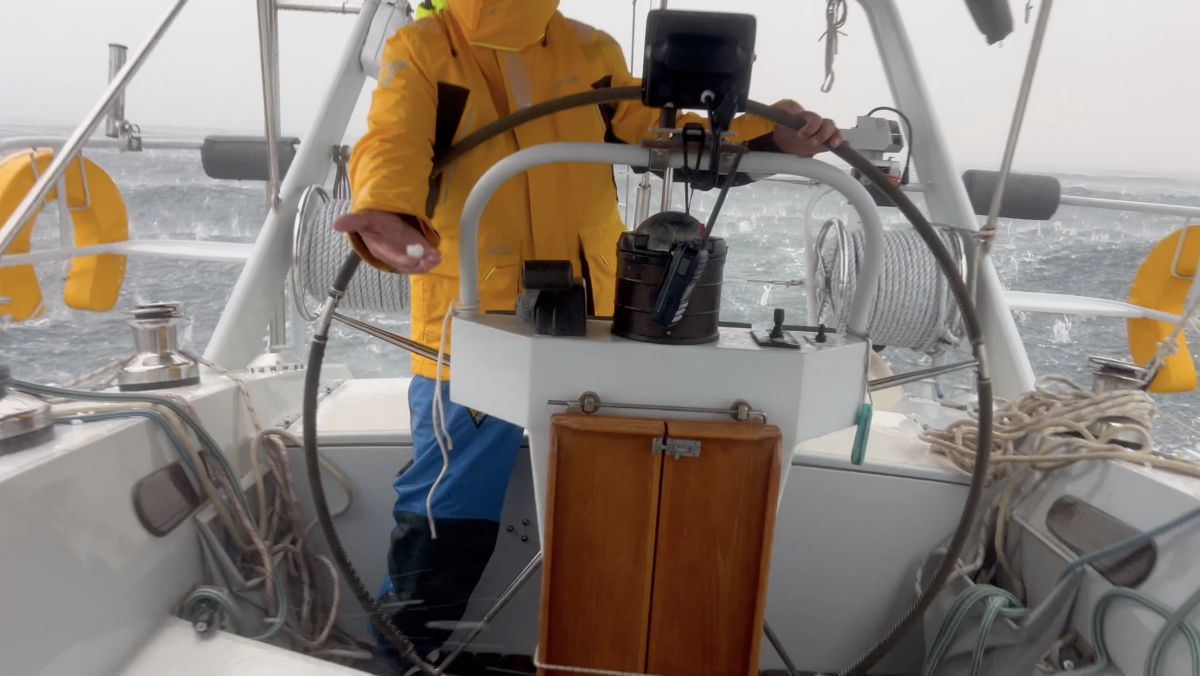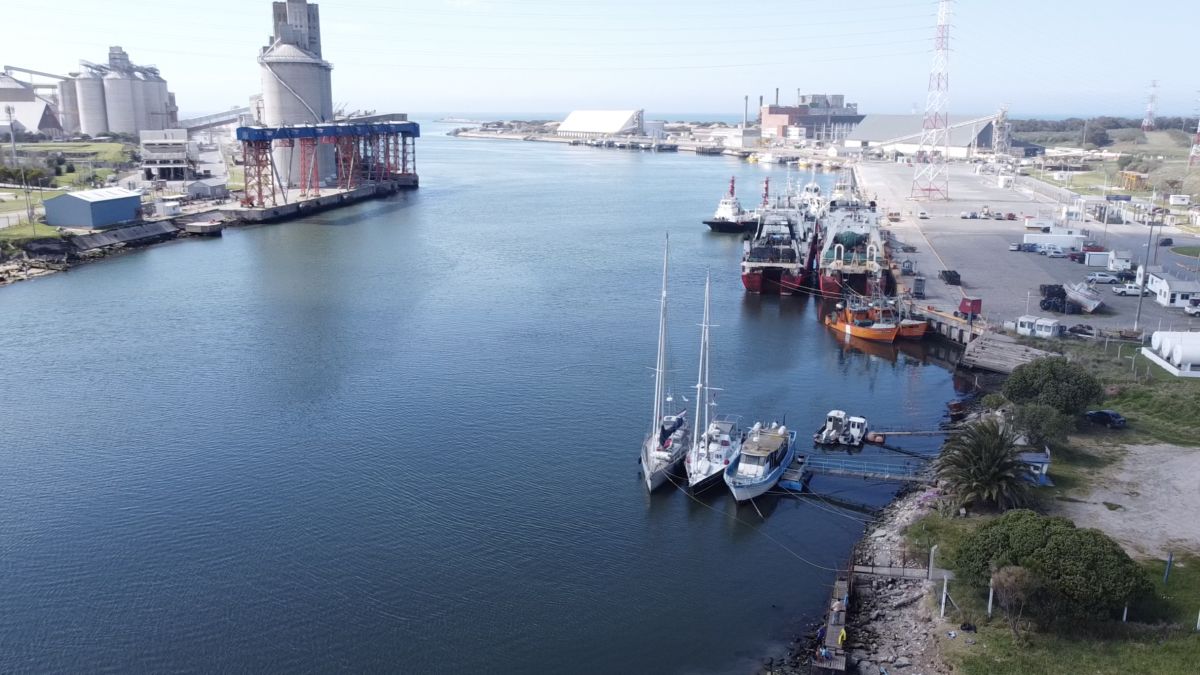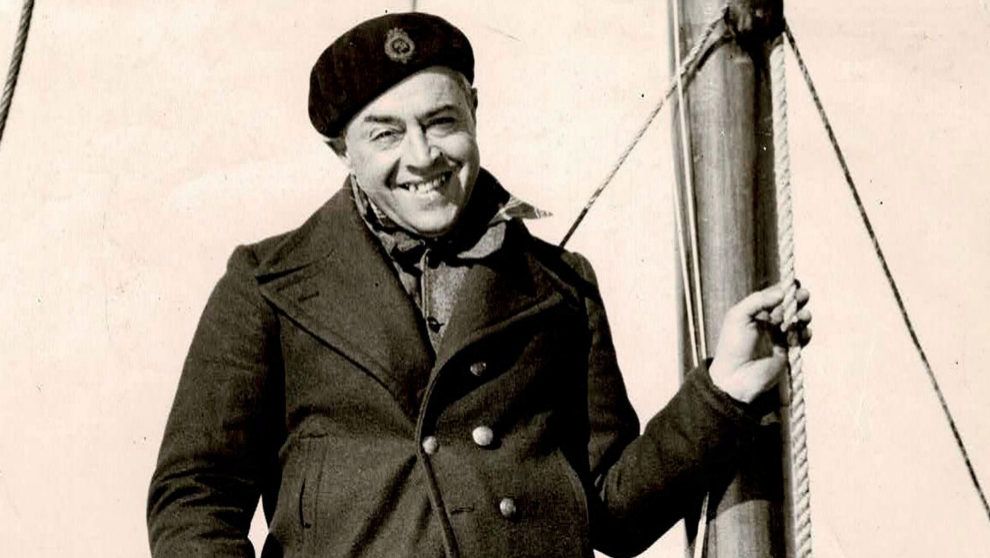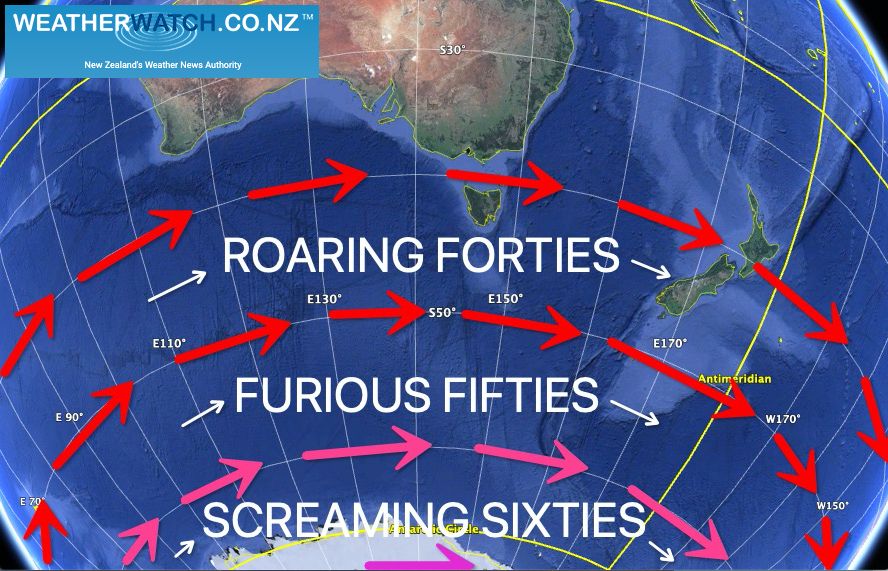#4 Welcome to the Roaring 40s
Welcome to the Roaring 40s
Nope, the Roaring 40s isn’t what you’re thinking.
It has nothing to do with perimenopausal women or men in mid-life crisis mode. If you're curious about what the Roaring 40s actually means in the sailing world, keep reading.

Next Leg of Our Sailing Journey: Mar del Plata to Puerto Madryn
Our next sailing destination takes us from Mar del Plata to Puerto Madryn—a remarkable protected area known as a prime location for southern Atlantic right whale sightings during their mating season. Rather than venturing deep into the gulf, our plan is to anchor in a bay near the entrance, where we’ll be sheltered from the southern winds. We’re hoping for a restful night here, waiting for the winds to turn northward before continuing.
However, if the north wind is still blowing when we approach Puerto Madryn, stopping won’t be possible due to rough sea conditions. We’re ready for the adventure and looking forward to experiencing the beauty and wildlife of Puerto Madryn—if the winds are on our side!
The True Joy of Adventure Sailing
One of the most beautiful things about adventure sailing is the unexpected, yet profound, connections it brings. Out here, we’re reuniting with boats we crossed paths with in Mar del Plata, Uruguay. Lazarina couldn’t join us on this leg, waiting for new crew, but as dawn broke, we set out with Bestevaer, with Peter and Maud as our companions on the next stretch of this journey.
This is what long voyages are truly about: forming bonds with people you’d never meet in the familiarity of home waters. There’s something primal about being on the move, a magnetic pull that makes strangers want to support one another. It’s instinctive—a reminder that when we venture far from what we know, we often find connections deeper than we ever expected.
We’re being treated like royalty!
After leaving Mar del Plata, we reached Necochea, 60 miles away, with the north wind at our backs. The Argentinian coast guard here is very attentive to sailboats along these shores. Even though we arrived at the same time as a departing ship, they let the ship wait at the dock so we could come in right away.
Though Karime isn’t here in person, her support is always with us. Before we even entered the port, she introduced us to her sailing instructor friend, Andres, from the Vito Dumas Sailing Club. The boats here are large, so docking at the yacht club moorings isn’t possible. But Andres made everything easy, arranging a spot for us by the river, as if he’d been planning it for months.
It’s like stepping into a fairy tale—everything we need is taken care of! By evening, we found ourselves at an asado party with club members. During our stay, they kept visiting the boat, listening to our stories and sharing their own dreams.

Vito Dumas: Argentina's Sailing Legend
Vito Dumas, the Argentine long-distance sailor and adventurer, earned worldwide fame through his daring solo voyages between 1900 and 1965. Revered both in Argentina and globally, Dumas is celebrated as one of the pioneers of solo ocean sailing.
He was the first sailor to complete a solo circumnavigation along the treacherous southern route, navigating the notorious Roaring Forties at 40 degrees latitude. A true inspiration, Dumas is often placed in the company of greats like Bernard Moitessier, who in turn became a guiding figure for legendary sailors Robin Knox-Johnston and Sir Francis Chichester.

You make a plan, and God has a good laugh!
Our plan was simple: head out the next day. But just before midnight, the whole port got swallowed up in fog, and the Coast Guard promptly shut down the entrance and exit. “No big deal,” we thought. Surely, it’ll clear up by morning. But nope! The fog only got thicker.
By the next day, we’d officially missed our perfect weather window. So, with no choice left, we postponed our departure until the weekend. As they say, the sea decides, and we’re just along for the ride!
A good rig makes for comfortable cruising!
We rigged up the code zero before departure, expecting calm weather for the first 24 hours after leaving port. As planned, we set sail with the full mainsail and code zero, and everything was smooth sailing between latitudes 38-40.
With the northern wind on our port side, we noticed that Bestevaer, sailing a bit farther out, suddenly changed tack. Before we could figure out what they were up to, the wind shifted from north to southeast! We switched to the mainsail and genoa, stowing away the code zero since it was clear we wouldn’t be needing it anymore. The sudden wind shift didn’t feel quite right, so we adjusted and carried on, just in case.

The Roaring 40s: A Wild Welcome Party
As night fell, the air grew thicker, and luckily, the wind shifted north again. Soon, we were charging forward, pushed by 30-35 knot winds, riding waves with flashes of lightning illuminating the dark clouds behind us.
After midnight, the waves got bigger, and the wind hit 40 knots. The boat surged ahead, leaving a trail of glowing flames in our wake. Then, small balls of light started gliding beside us—dolphins! Swimming alongside in the phosphorescence, they created their own beams of light.
At sunrise, the wind cranked up to 45 knots. We reefed the mainsail and held on, bracing against the gusts. But then, in a quick twist, the wind just stopped before I could even raise the Genoa. A moment later, rain started, and then—hail! Huge hailstones, the size of table tennis balls, began pelting down.
Welcome to the Roaring 40s—the sea’s way of saying, “Thought you were prepared? Think again.”
The way to stay in shape
The next day and a half turned into an intense sailing boot camp, leaving us completely bewildered. The wind, blowing steadily at 15 knots, suddenly died. That’s when you reel in the Genoa and start the engine. Half an hour later, the wind picked up again. So, off went the engine, and out came the Genoa. The wind shot up to 30 knots, so we reefed the Genoa. Fifteen minutes later, it dropped to 10 knots. Genoa out again. Then, the wind died completely, which meant the Genoa had to come down, and the engine was back on.
Throughout these 1.5 days, we didn’t catch a glimpse of our companion, Bestevaer. I can only wonder how they fared in this “welcome party.”
We finally breathed a sigh of relief when, 15 miles from Puerto Madryn, we got a new weather report showing that the wind would turn south at night. Thankfully, the bay we planned to anchor in was sheltered for this weather, and we’d finally be able to catch our breath.
Our travel companion, Bestevaer, ran into 60-knot gusts
During the 1.5 days we lost sight of Bestevaer, we assumed they were ahead of us. So when we reached Fondo Cracker for a break and couldn’t spot them, we figured they might have sailed straight to Puerto Madryn.
The next morning, after a solid night's sleep, we took our coffees out to the pool area—and there was Bestevaer! We might’ve only met yesterday, but by now we felt like true comrades. Seeing them safe brought a wave of happiness and relief we couldn’t quite put into words.
Unfortunately, Bestevaer wasn’t so lucky. They’d faced gusts over 60 knots, and their Genoa tore in the storm. We felt fortunate, with three of us on board to take shifts and rely on each other’s reflexes in rough conditions.



Bijesne 40-e, Ljute 50-e, Vrišteće 60-e
INTRODUCTION TO THE SOLEDAD CHRONICLES
Video gallery
#107 - Güney Atlantik'te Fırtına: Kükreyen Kırklar

